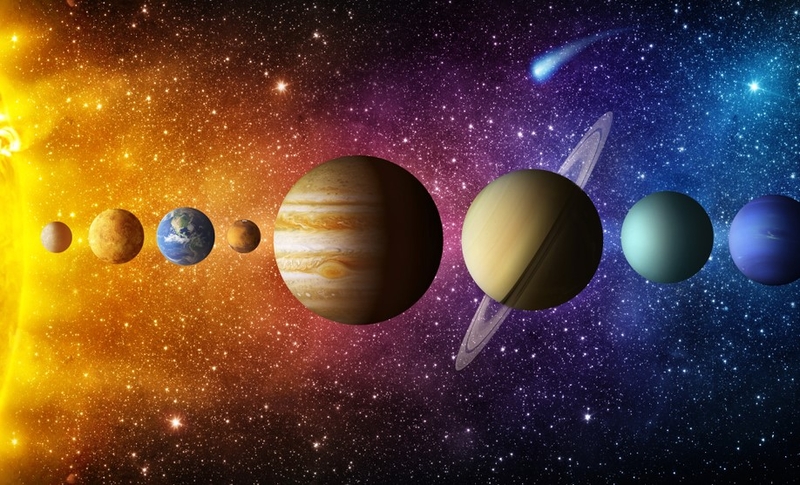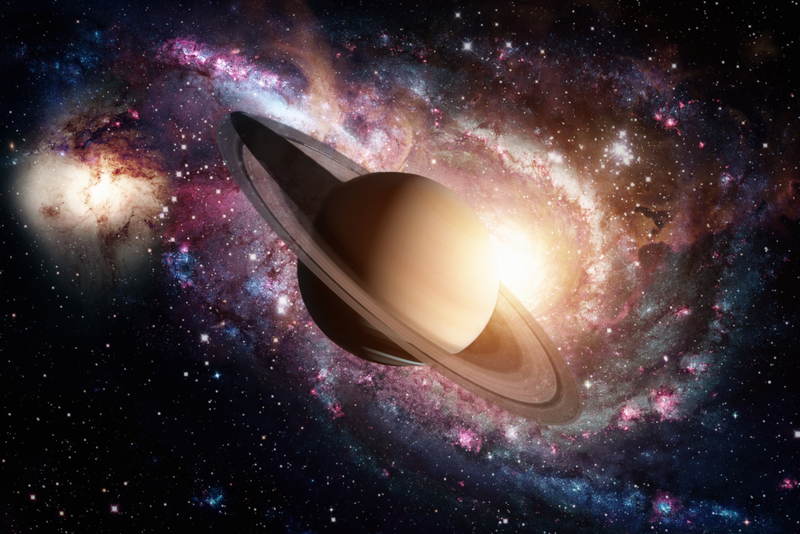The solar system is massive and has a lot going on, like A LOT! Here are 6 out-of-this-world facts (literally), about our interesting neighbors.

1. Mercury is Getting Smaller
The surface of Mercury is shrinking as indicated by pictures taken of the planet. It has a solid inner core surrounded by a liquid metal outer core, which is cooling down and as this happens there is contraction, which leads to the land shifting and getting smaller!
2. Jupiter is Massive!
Did you know that Jupiter is big enough to fit 1300 Earths or all the other planets inside? Yup, huge sounds like an understatement now, doesn’t it?
3. Space Junk is a Real Thing
NASA has found over 20,000 pieces of space junk, consisting of “nonfunctional spacecraft, abandoned launch vehicle stages, mission-related debris and fragmentation debris.” – according to NASA scientists. These pieces of junk orbit the earth and each one is larger than a softball. Additionally, there are millions of tiny pieces that are so small that identifying them is impossible.

4. Saturn has Two Moons with Water
Saturn’s moon Enceladus has a whole sea comprised of saltwater. In 2018, scientists tracked down complex natural atoms on Enceladus, which is an indication that it conceivably could contain life—or not. That is the reason there are plans to send a mission there at some point.
Saturn has a second moon with water: Titan, which additionally has carbon-containing synthetic compounds, one more encouraging sign forever. Any spot that has both water and carbon-containing synthetic compounds is tempting to scientists searching for life in different spots out in space.
5. The Tallest Spring of Gushing Lava is on Mars
Olympus Mons is believed to be 16 miles tall, which means it’s fundamentally three Mount Everests. It most likely formed about 350 million years ago, yet it last erupted as late as 2 million years prior.
6. A Cube of Lead Would Melt on Venus Like How Ice Melts on Earth
The temperature on the surface of the second planet from the sun is roughly 480°C. Indeed, even space equipment that gets shipped off to Venus can’t withstand the climate for too long.






